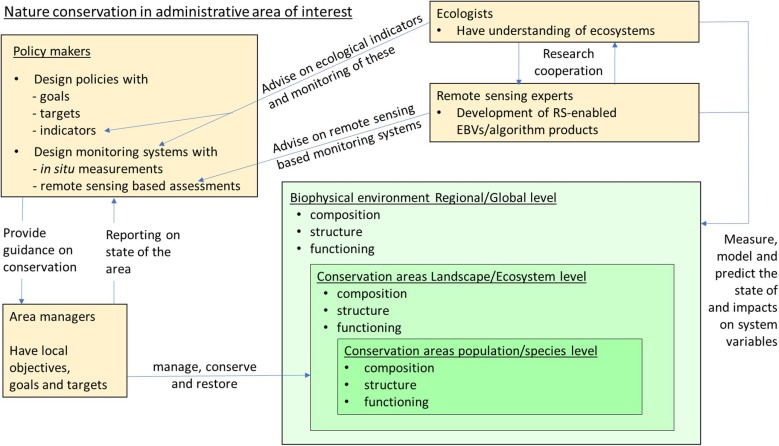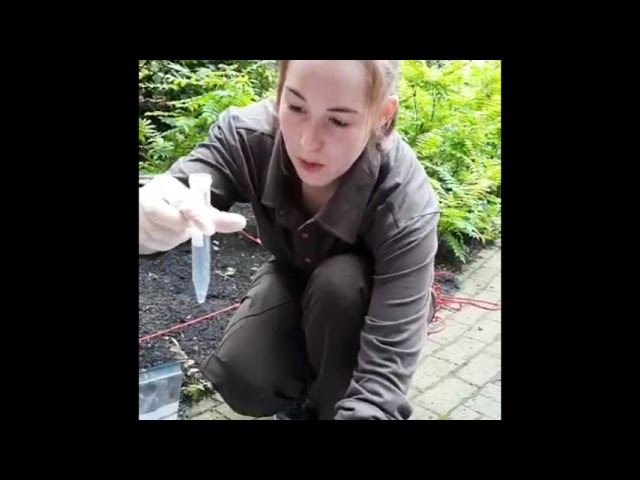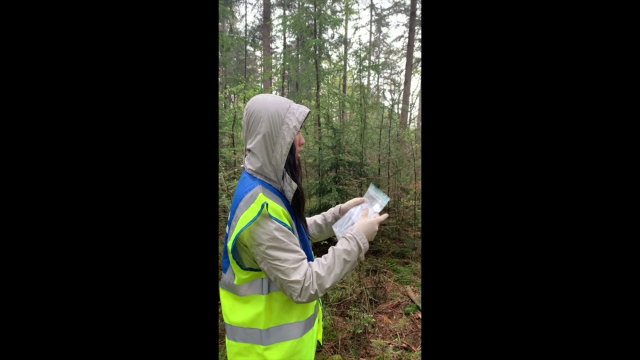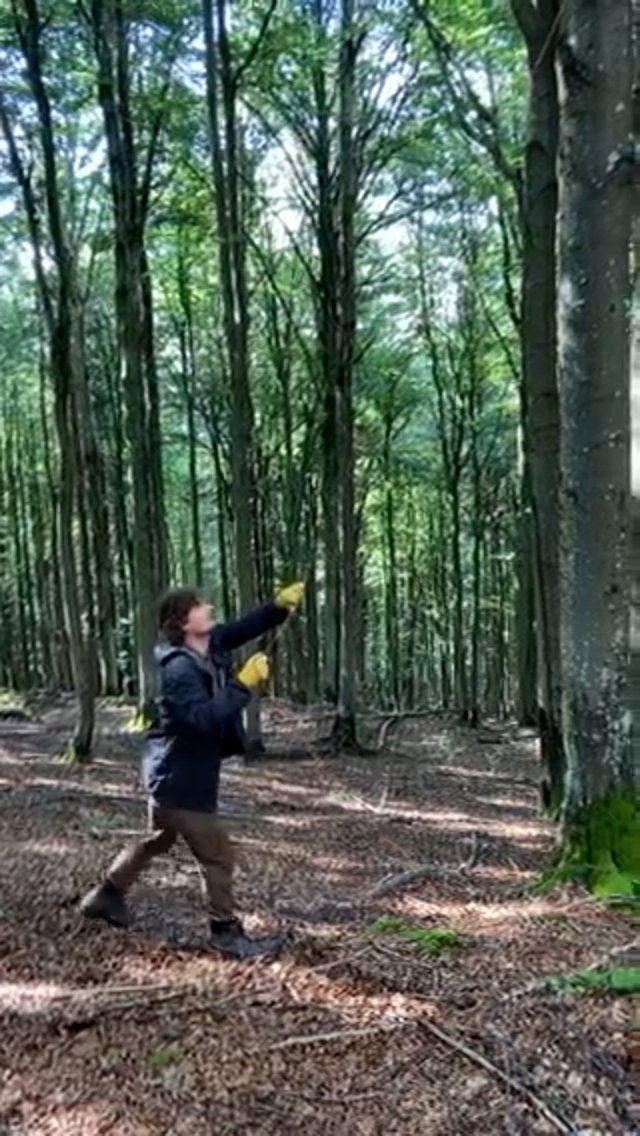For BIOSPACE each of the projects' objectives comes with a set of research questions which will be addressed in five Work Packages featured below:
Work Package 1
This workpackage focuses on directly retrieving foliar chemistry, leaf traits and canopy structure from hyperspectral imagery at a continental level using next-generation satellite hyperspectral imagery initially rapidly prototyped over a pilot site ( Hoge Veluwe (NL) and Bavaria Forest National Park (DE)) and then implemented at continental level.
Some impressions of the fieldwork done in the Hoge Veluwe on Soil eDNA sampling:
Some impressions of the fieldwork done in the Hoge Veluwe on Leaf eDNA sampling:
BIOSPACE field team sampling leaves for metabarcoding analysis from the sunlit canopy in Bavaria Forest National Park, Germany
Work Package 2
This workpackage focuses on modelling deadwood (ground and canopy) as well as key ecosystem structural metrics (height, cover, gaps, canopy layering, leaf area index) from (satellite) LiDAR in order to generate an integrated digital silo of key Ecosystem Structural characteristics that influence and impact Ecosystem Function.
Work Package 3
Connecting Ecosystem Function via continuous satellite remote sensing and biodiversity point samples (eDNA and observed co-variates).
Work Package 4
This workpackage focuses on understanding the resilience and function of ecosystems under anthropogenic change.
Work Package 5
This workpackage focuses on generating biodiversity indicators to inform the Convention on Biodiversity Aichi targets and UN Sustainable Development Goals.
Evidence-based alignment of conservation policies with remote sensing-enabled essential biodiversity variables
Nature conservation policies require up-to-date and accurate biodiversity monitoring. Innovative synoptic information products such as Remote Sensing-enabled Essential Biodiversity Variables (RS-enabled EBVs) could complement field observations in biodiversity monitoring.

The full article written was published in Elsevier Science Direct and can be read here




